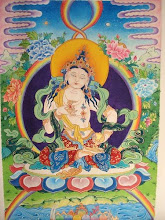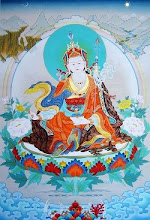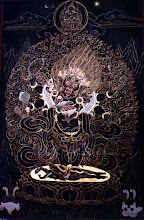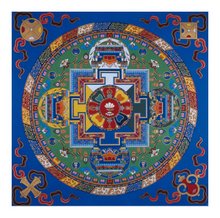Free Tibet Fukuoka this past weekend organized
events to commemorate the 50th anniversary of Chinese occupation of Tibet, including a memorial service for Tibetans who in the past year lost their lives in protest of China's campaign of cultural genocide.

The service was held at Nanfukuji, a small Shingon temple up a narrow road in a residential area of the city quite close to where we live but which we have never visited.

In the parking lot FTF set up a tent with a series of placards outlining basic Tibetan culture and history, along with a collection of photographs of life in Dharamsala.

Inside the temple, a photo of the Dalai Lama and a thangka had been set up on the altar, and a list of names of Tibetan victims installed just in front.


The memorial service began with everyone circling the altar three times chanting
Om Mani Padme Hun, followed by the lighting of the ritual fire and what I suppose was a suttra recitation during which each attendee could approach the altar to offer incense and prayers.

The names of the victims were then recited before the papers bearing their names were folded up and offered to flames.
After a short tea break we reconvened for a discussion of Tibet and Tibetan issues with three young Tibetans living in Japan, two from the North Kyushu area, and one down from Nagoya specifically for the event. One of them noted that the most serious problem in Tibet today is the lack of control by Tibetans of cultural education. Many young Tibetans now grow up being able to communicate only in Chinese. One of the Japanese participants noted that China's policy of control is similar to that practiced by the Japanese Imperial Government in Manchuria and Korea. Another Japanese participant suggested that it was precisely because Japan had done such things to the Koreans, to the Taiwanese, to the Ainu, and to the Okinwans, that it was now the responsibility of Japanese to help the Tibetans and other oppressed people.
Altogether this was a wonderful day for me. I met some Tibetans and reconnected with that part of my life in Nepal. I sat in a Japanese temple, my first such visit in many months, enjoying the heady aroma of wood, tatami and incense. And as the main speakers were themselves foreigners using a less idiomatic form of the language, I was able to follow a two-hour discussion of politics in Japanese.
For those in Japan interested in connecting with groups working on Tibetan issues, have a look at some of the following links.
#




























































